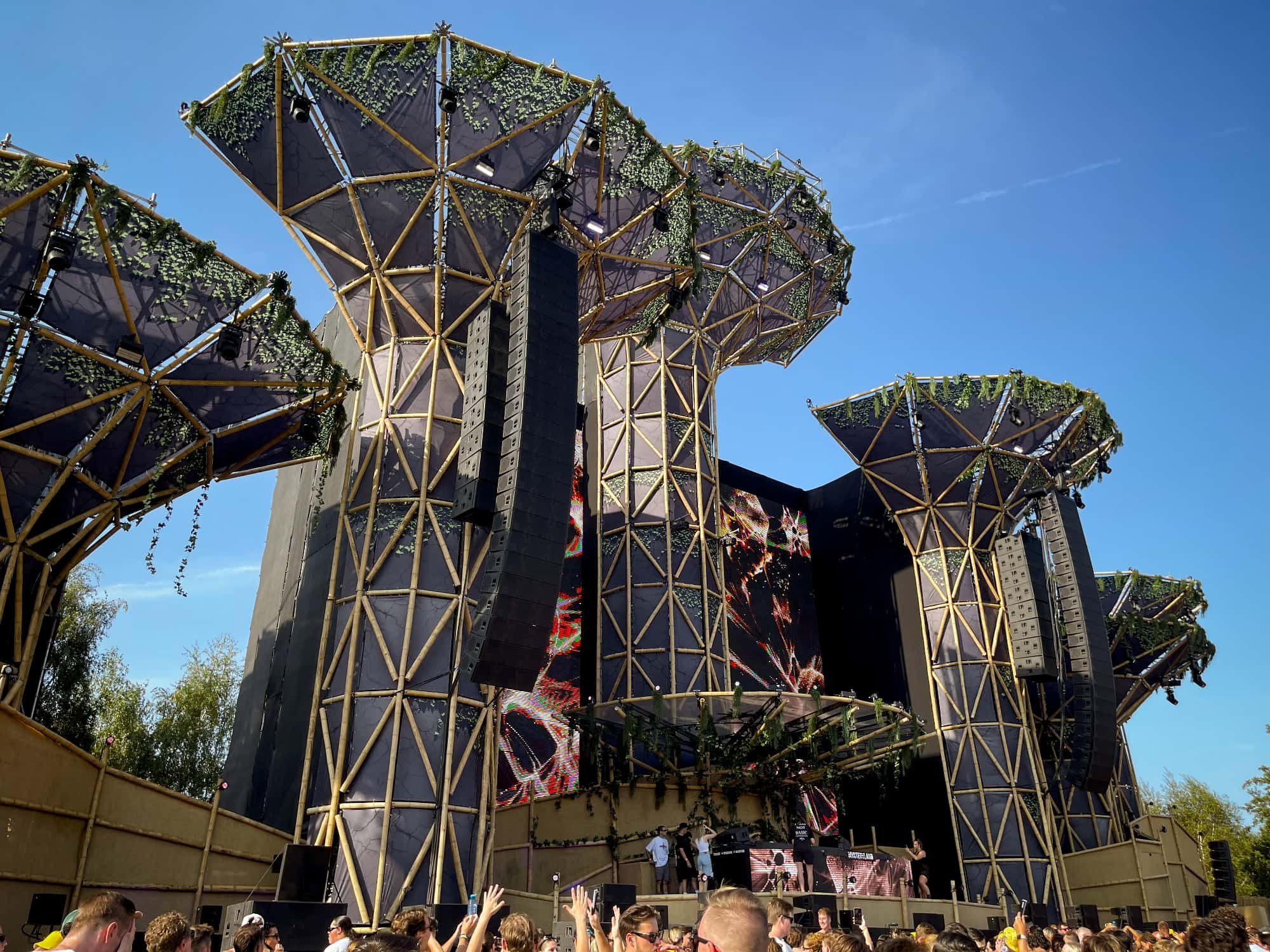
Festival Design Meets Sustainability: How Guadua Bamboo Transformed Iconic Stage at Mysteryland
Each year, Mysteryland sets itself apart not only with top-tier musical acts but also with breathtaking stage designs that emphasize creativity, sustainability, and a deep respect for the environment. This year, Mysteryland took an eco-conscious leap by incorporating bamboo as the primary material for one of its most iconic structures: the Pyramid Stage.
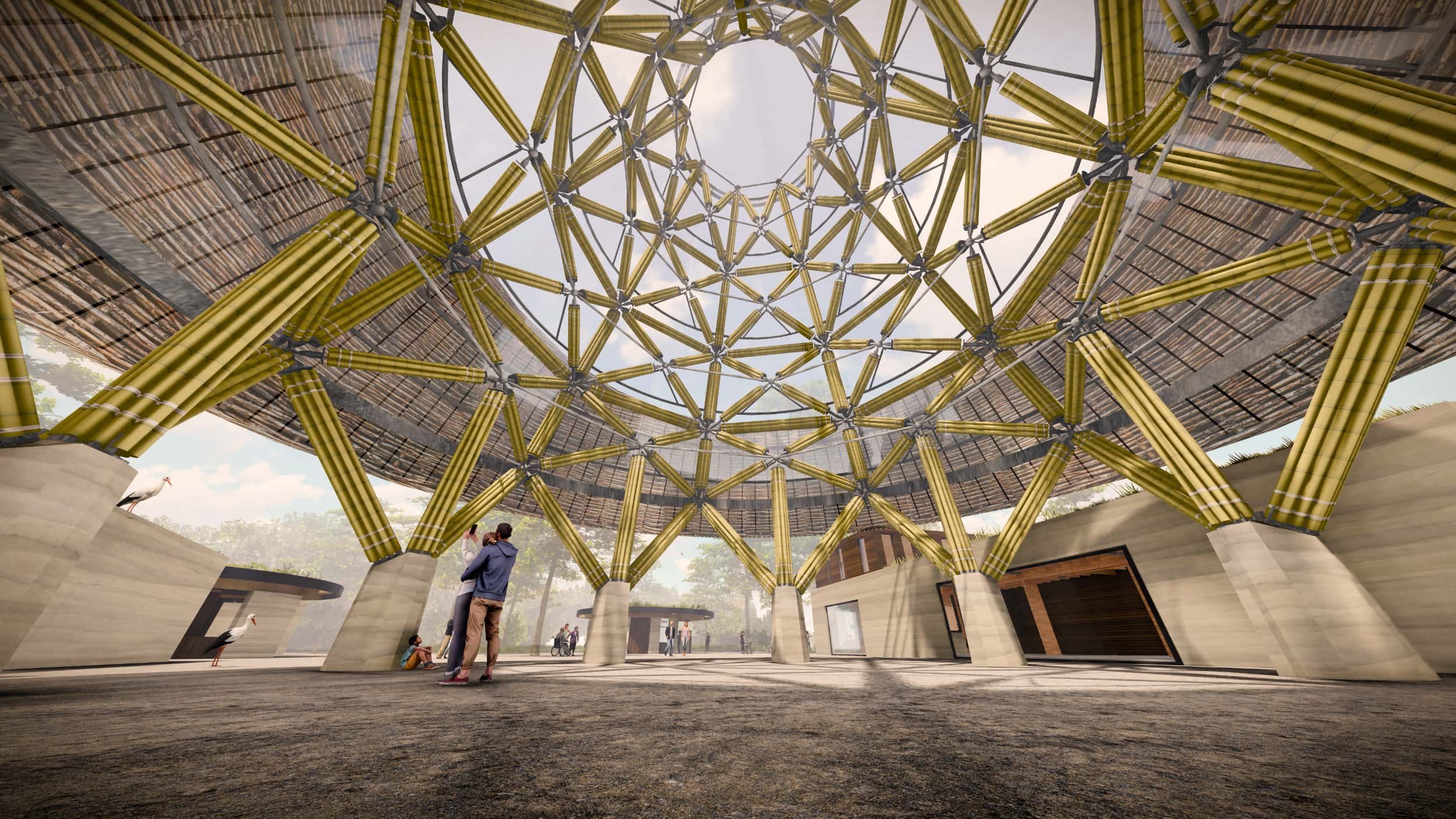
Belgian Zoo Unveils Europe’s First Bamboo Tower - A Sustainable Milestone!
Discover Europe’s first 28-meter bamboo tower at Belgium’s Planckendael Zoo! This eco-friendly structure, crafted from sustainably sourced bamboo by Guadua Bamboo, sets a new standard for circular architecture and visitor experience.
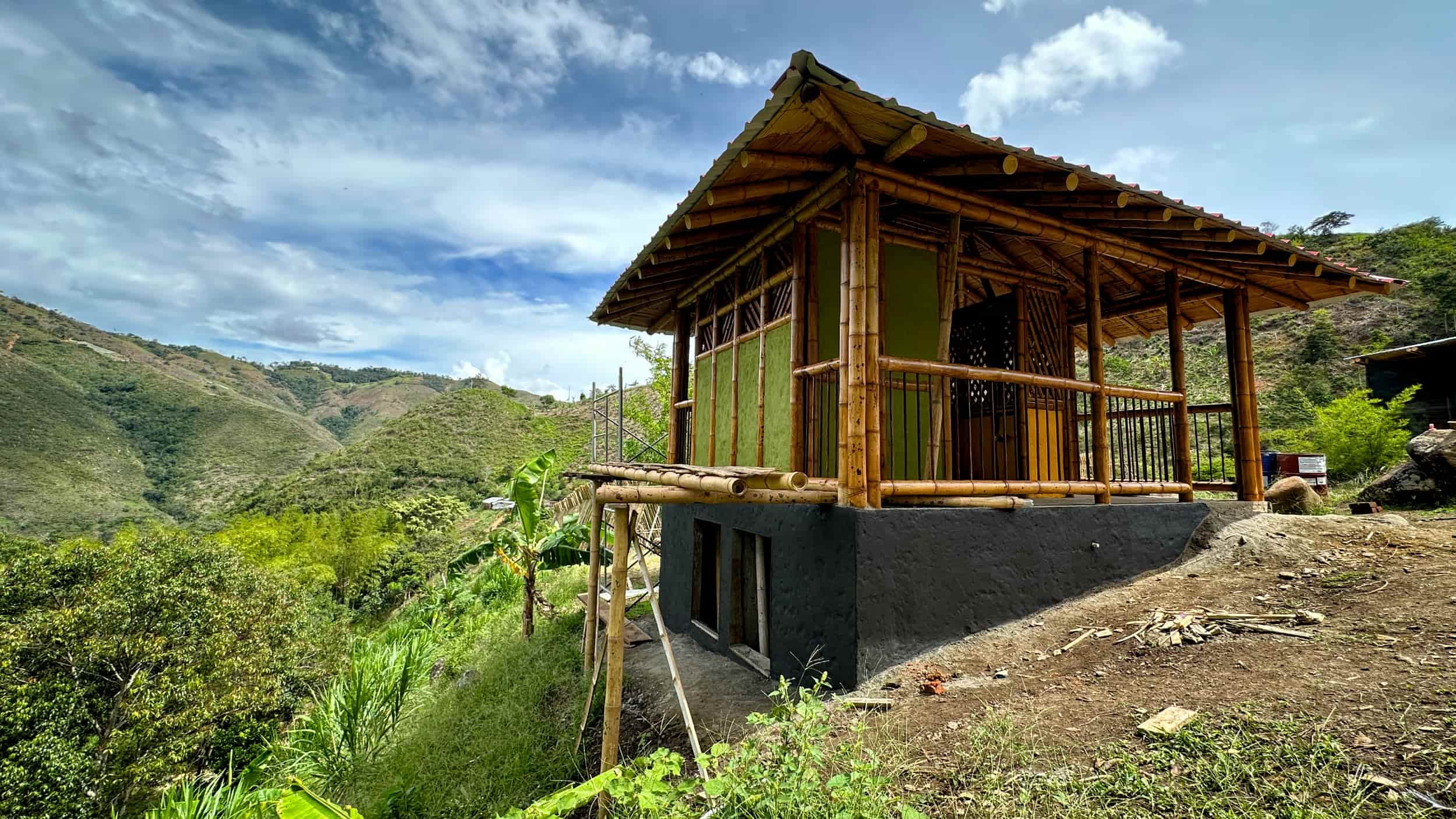
Building a Sustainable Outdoor Bathroom Cabin from Bamboo
At Hacienda Guadua Bamboo, sustainability is more than a buzzword; it’s a way of life. One of our latest projects—a bamboo outdoor bathroom cabin—exemplifies how bamboo can transform everyday needs into eco-friendly, functional, and beautiful solutions. This innovative project, featuring a composting toilet, is a game-changer for rural farms without access to running water. Through a step-by-step photo gallery, we want to inspire others to rethink waste management and showcase the potential of bamboo as a building material.

Dark Spots on Guadua Bamboo
Why do some Guadua bamboo poles have dark spots? The exact cause for dark spots on the outer layer of Guadua Bamboo poles are yet unknown. What is certain is that these stains origin from lichens.
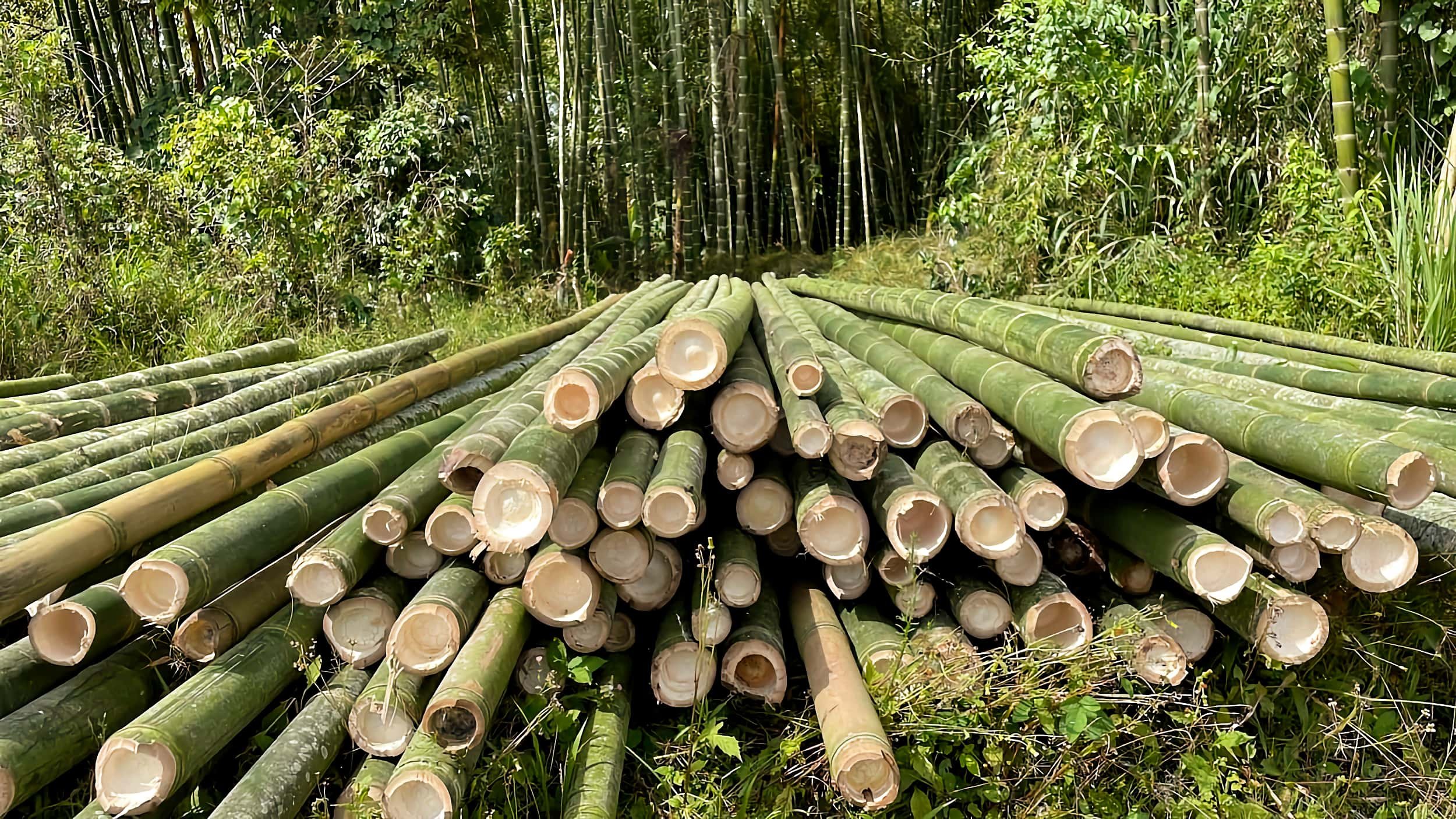
The 40 Best Bamboo Species for Commercial Farming
Discover the top 40 bamboo species ideal for commercial farming. Explore the diverse range of bamboo varieties with high potential for large-scale cultivation, offering sustainable solutions for various industries.
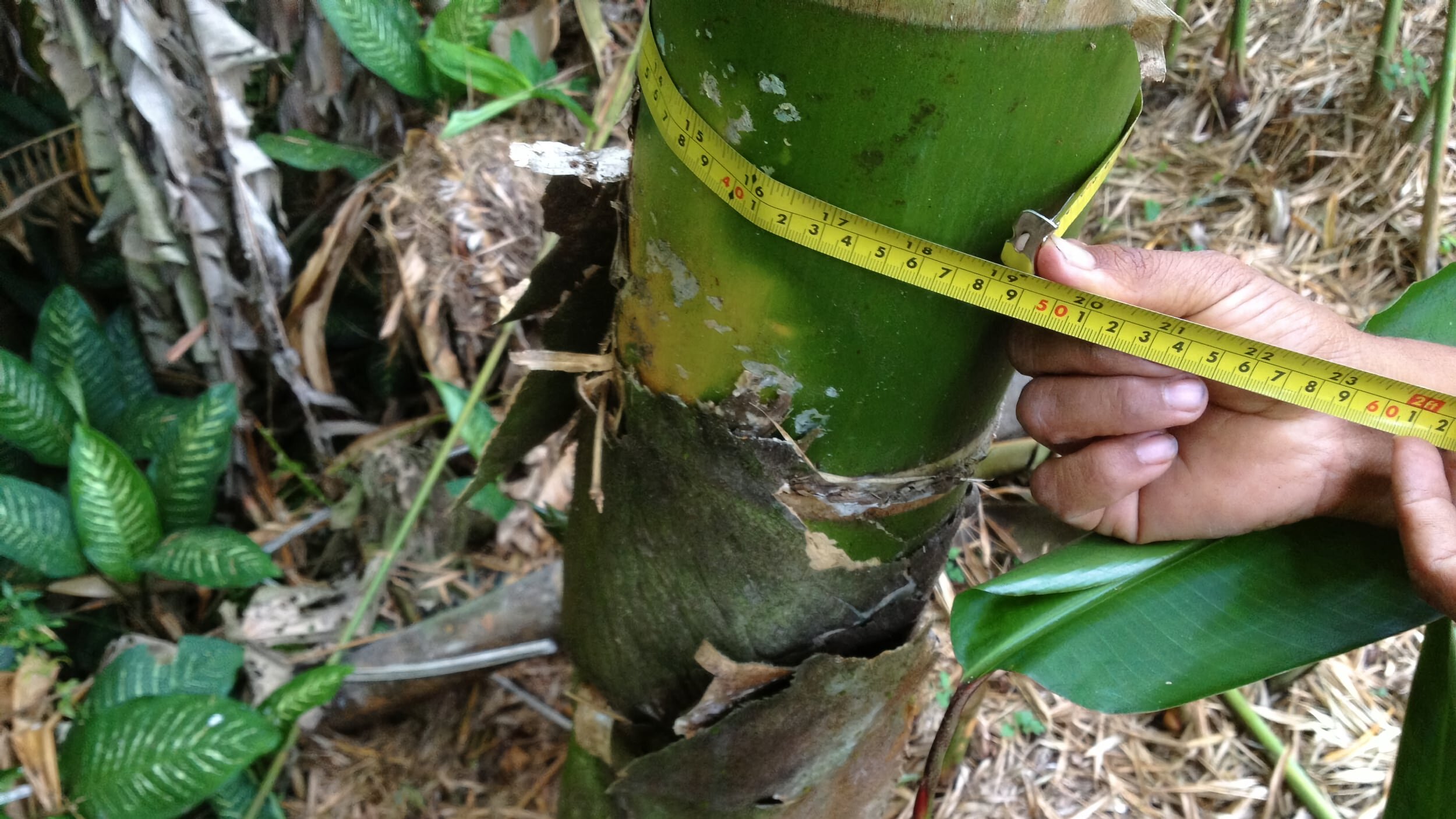
How to Determine the Height of a Bamboo Culm?
Is it possible to determine the approximate height of a bamboo culm by measuring its girth or diameter? Absolutely! In fact, bamboo is the only plant that exhibits a direct mathematical relationship between the circumference of its culm and both the internode length and overall height.

Bamboo Genera
All 139 bamboo genera are listed here. Learn more about the different types of bamboo and their typical growth habits, origin and optimal climate conditions.
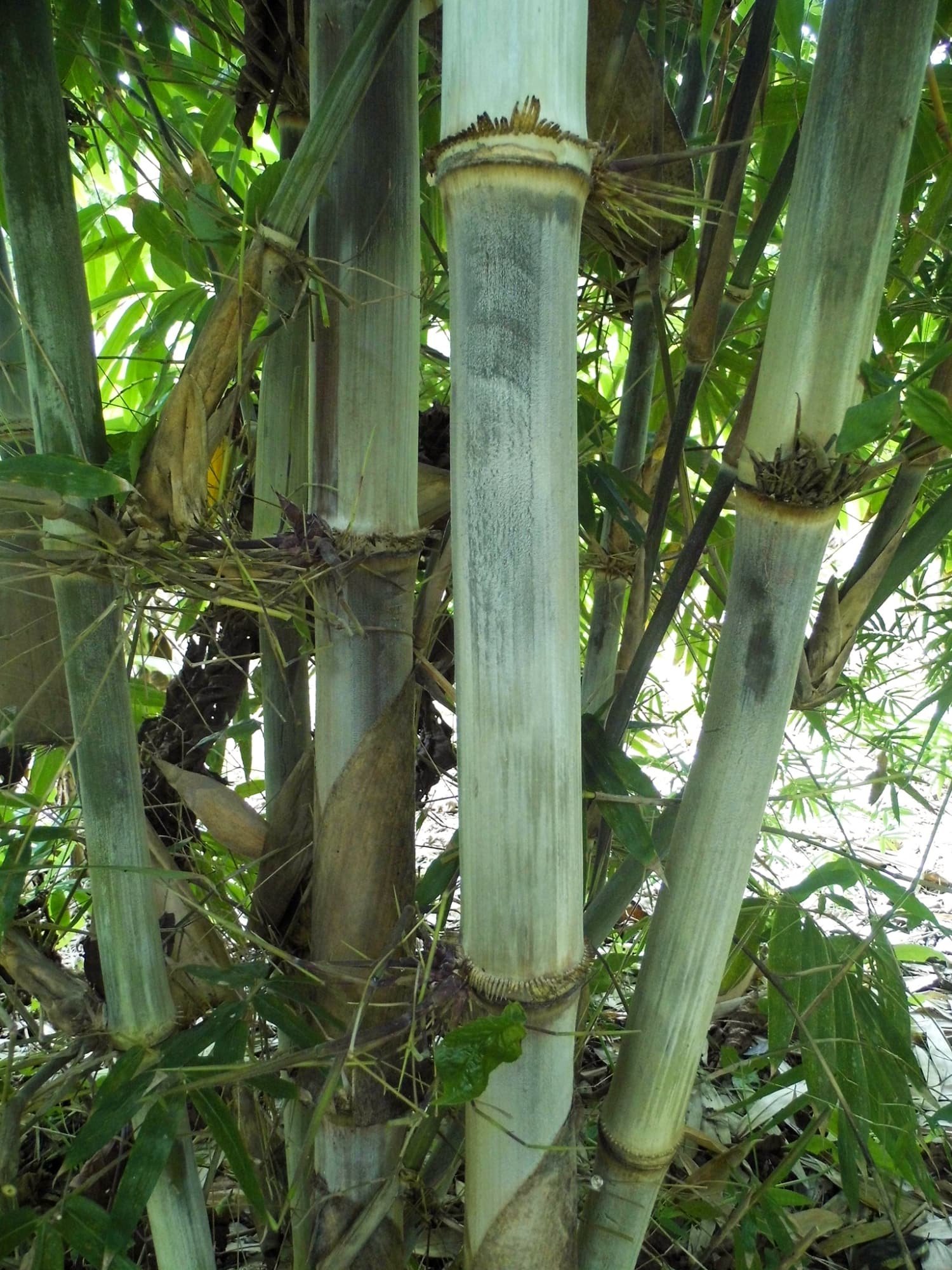
Dendrocalamus peculiaris
Dendrocalamus peculiaris is a large, dense tropical bamboo native to Yunnan, China. Impressive are the giant leaves, which can reach 40 cm in length. The stems of this bamboo are used as a building material, to produce paper pulp, and the shoots are used as food.

Bambusa glaucophylla
Bambusa glaucophylla or "Malay Dwarf Variegated Bamboo" is a very dense clumping bamboo native to Java, Indonesia. It has beautiful green leaves with white stripes, and is one of the best bamboos for hedges and living fences. Bambusa glaucophylla is also a very attractive ornamental plant, especially highlighted in the garden by plants with darker foliage in the background. This bamboo is very easily to trim and is drought tolerant once established.

Schizostachyum brachycladum
Schizostachyum brachycladum, also known as "Sacred Bali Bamboo" is a stunning medium size tropical bamboo native to Southeast Asia. Sacred Bali Bamboo has bright yellow culms with green stripes and large yellow striped leaves. Schizostachyum brachycladum is used to make crafts, basketry and as containers for cooking or carrying water. It is also a very popular ornamental bamboo for gardens, landscaping or as windbreak.
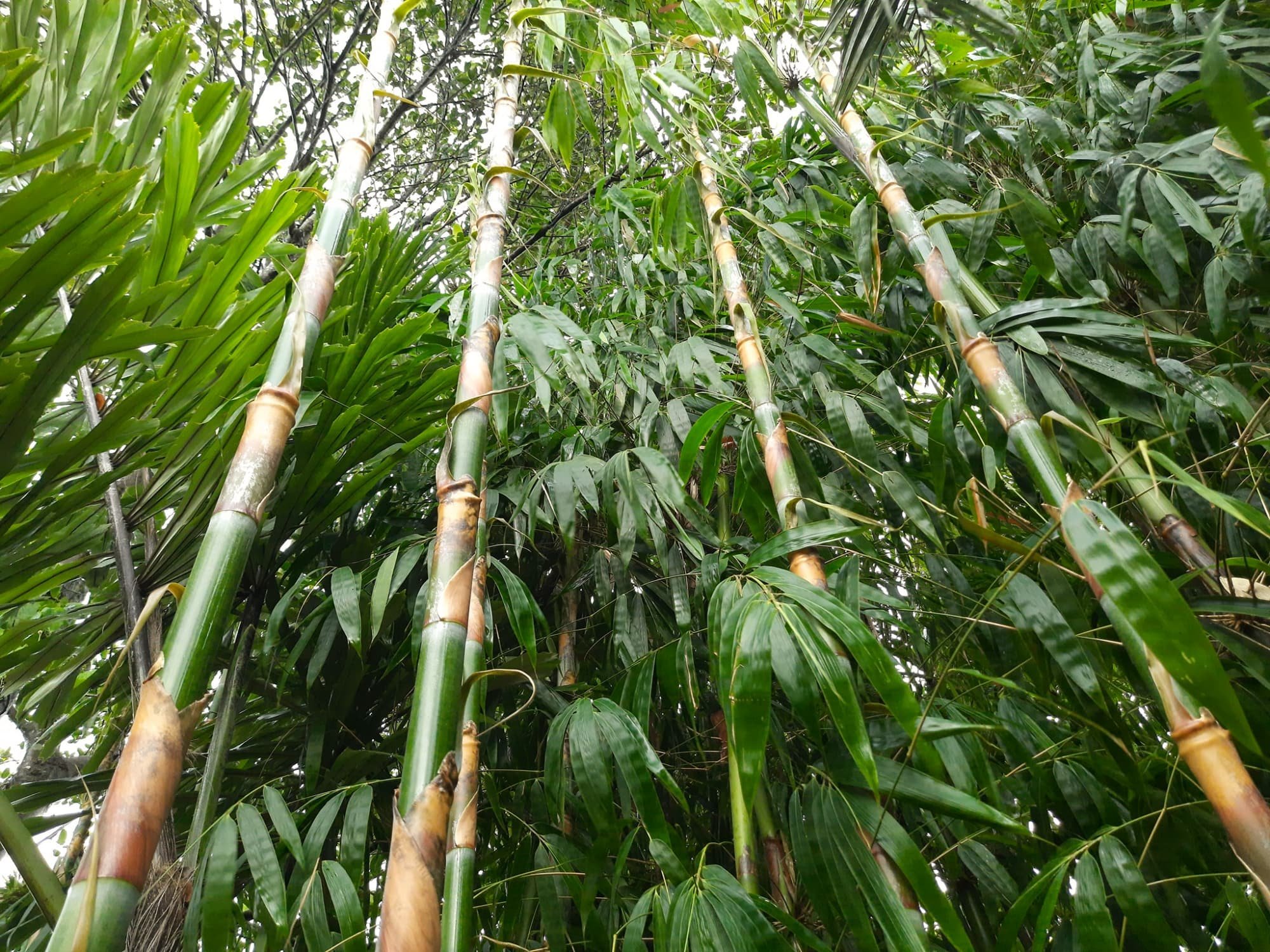
Melocanna baccifera
Melocanna baccifera or "Muli Bamboo" is a tropical bamboo native to Bangladesh, Bhutan, India, Myanmar and Nepal. Melocanna baccifera is an invasive species that can occupy large areas due to its long and vigorous rhizomes and, in flowering, for its fruits that are easy to germinate. Fruits have the size and shape of a pear and are edible. Melocanna baccifera is one of the most useful bamboos within its native range, especially in Bangladesh, where stems have a wide range of uses.
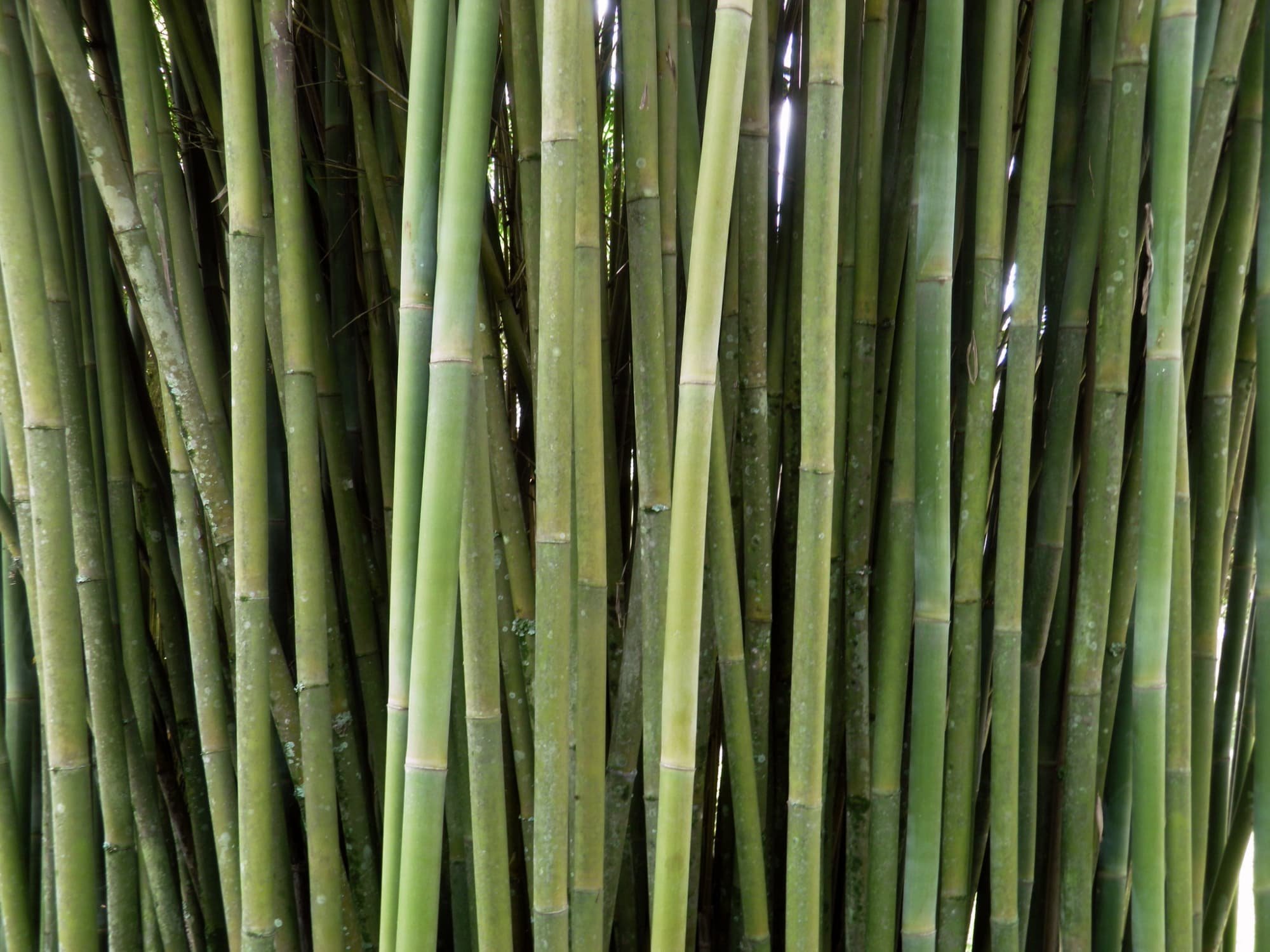
Bambusa textilis
Bambusa textilis, also known as "Weaver’s Bamboo", is a species of bamboo native to China and Vietnam. It grows in a dense clump up to 8 - 12 meters high and has no lower branches. Bambusa textilis is very suitable for living fences or windbreaks. The stems are often used for weaving, basketry or light construction.
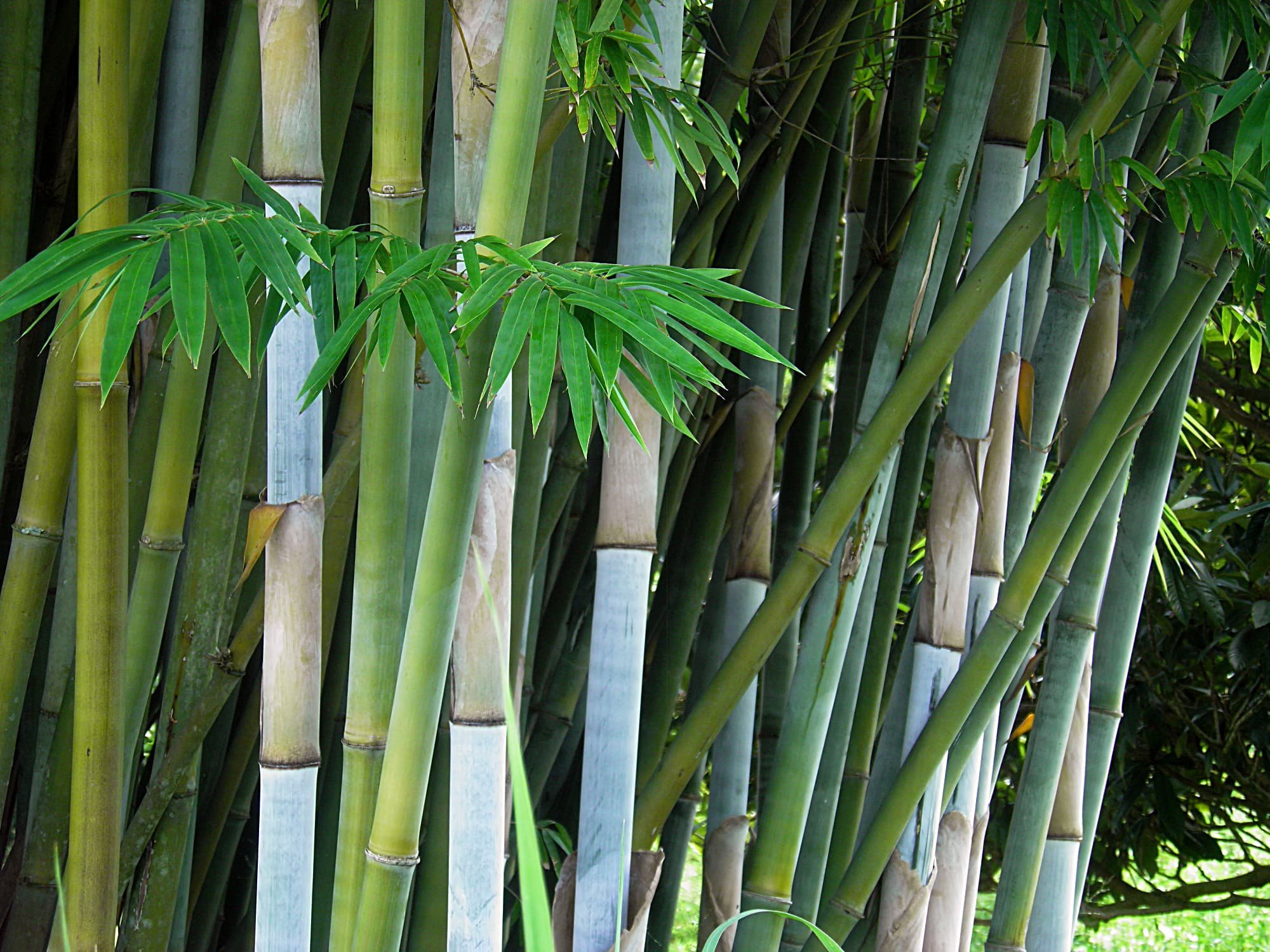
Bambusa chungii
Bambusa chungii, also known as "Tropical Blue Bamboo" or "Emperor's Blue Bamboo", is a species of bamboo native to China and Vietnam. It grows in a dense clump up to 8 to 12 meters high and has no low branches. Bambusa chungii is very suitable for living fences or windbreaks. The stems with very long internodes are often used for weaving and basketry or for paper production.
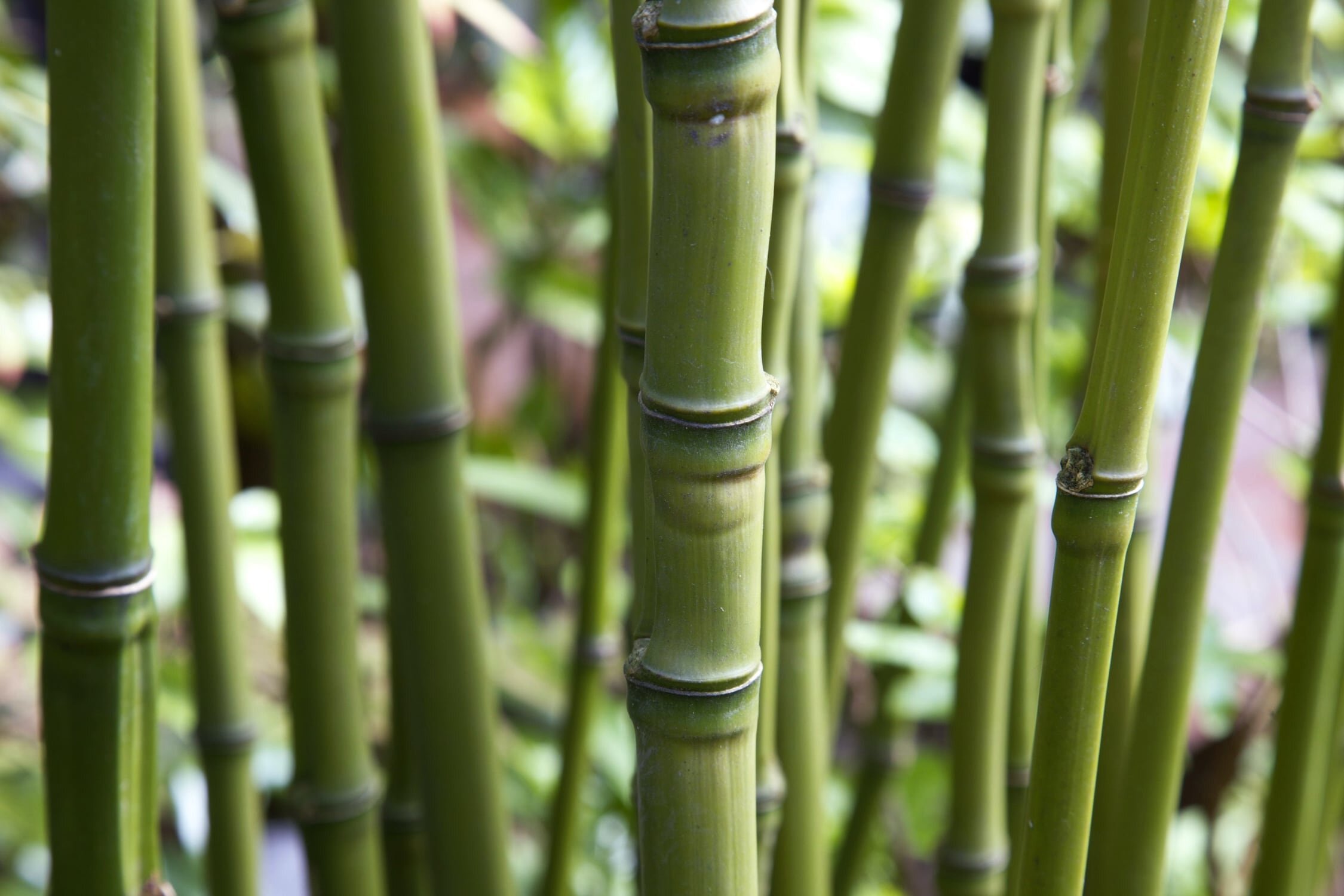
Phyllostachys aurea
Phyllostachys aurea or "Golden Bamboo", is a bamboo species native to China and Vietnam. It is a graceful bamboo producing large clumps of bright green canes becoming yellowish with age and exposure. The culms are easily identified by their characteristic compressed internodes in the lower part of the canes which have a tortoiseshell-like appearance.

90 Types of Bamboo used for Building and Construction
The best bamboo species for building and construction are found in the tropics, more specifically within the genera: Guadua, Dendrocalamus and Bambusa.
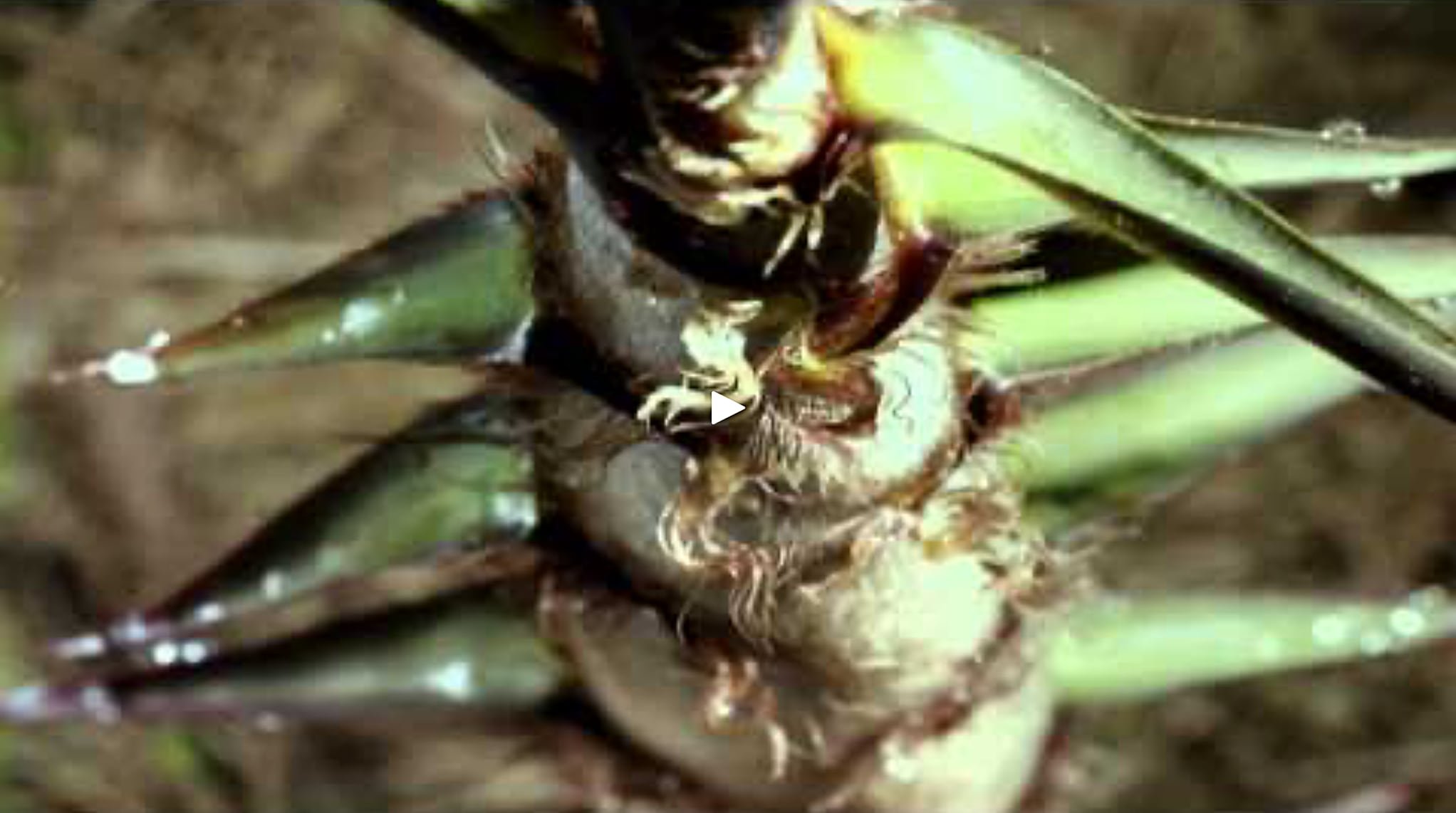
Bamboo is the Fastest Growing Plant on Earth
Bamboo is the fastest growing plant on earth. Some species of bamboo can grow more than 1 meter per day, which is about 4 cm per hour. No other plant grows faster.

Bamboo Provides and Endless Supply of Timber
Bamboo is a sustainable and renewable resource as it continuously spreads vegetatively. A bamboo forest will therefore develop much faster than tree forests.
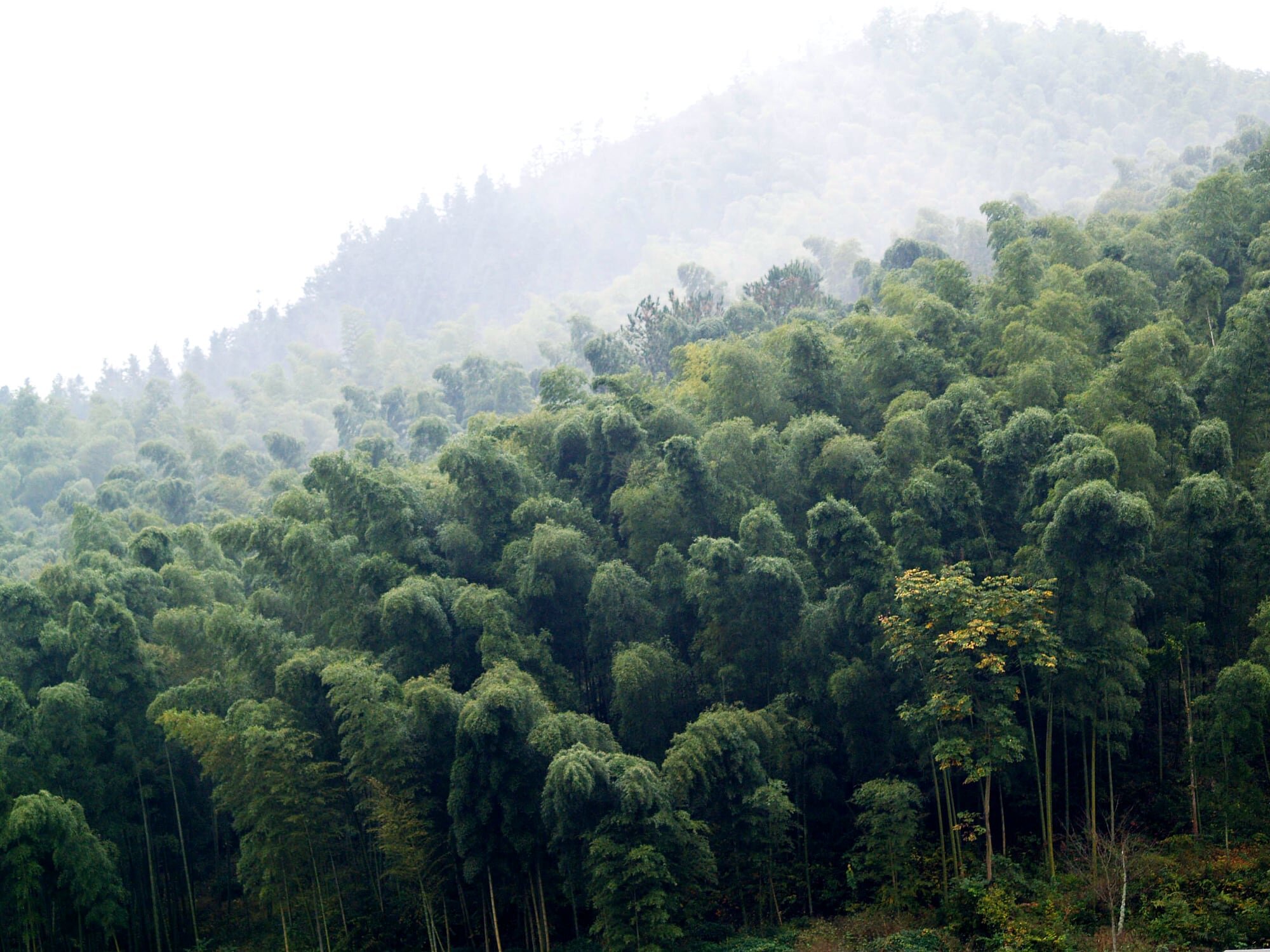
Bamboo Produces more Oxygen than Trees
They say that bamboo produces 35% more oxygen than an equivalent stand of trees. But is this really true, and which species were used to come to that conclusion?
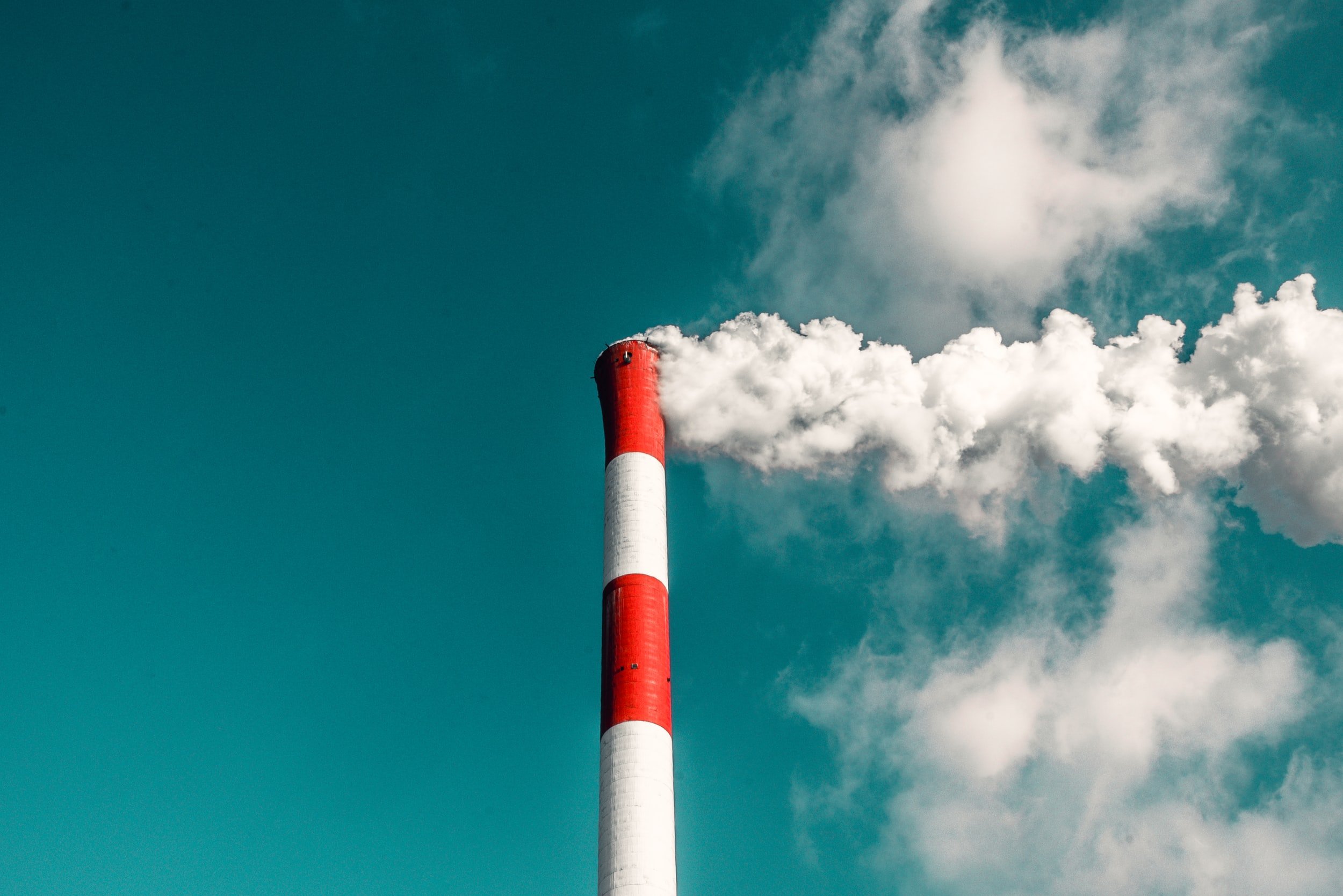
Bamboo is a Highly Effective Carbon Sink
Bamboo plants absorbs enormous amounts of greenhouse gases, and because of its rapid growth, bamboo is very useful as a tool for carbon sequestration.
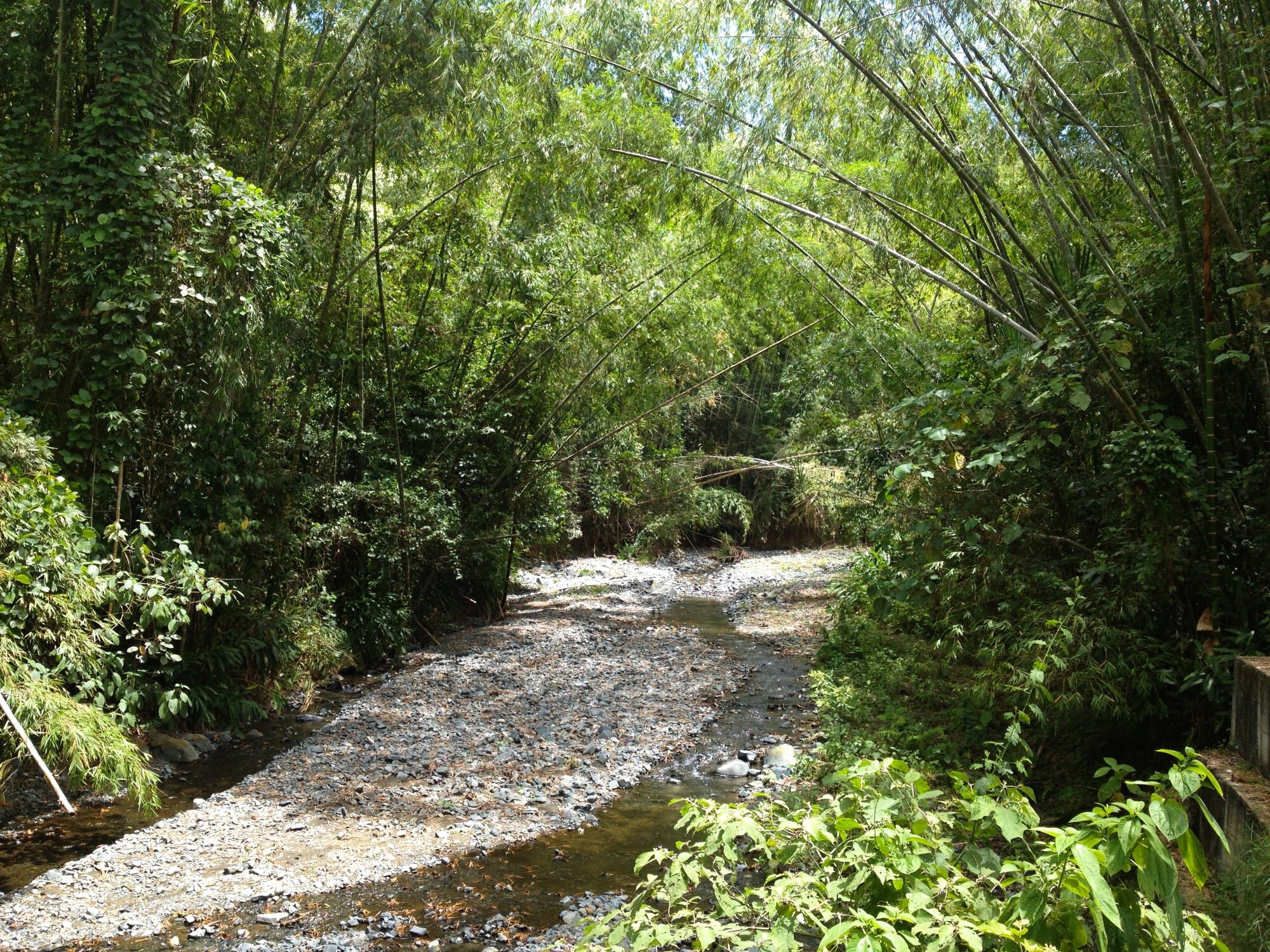
Bamboo Produces Water for Rivers and Streams
Bamboo acts as a reservoir by collecting and storing large amounts of water in its rhizomes and stems during rainy season, and returning water to the soil, rivers and streams during droughts.
